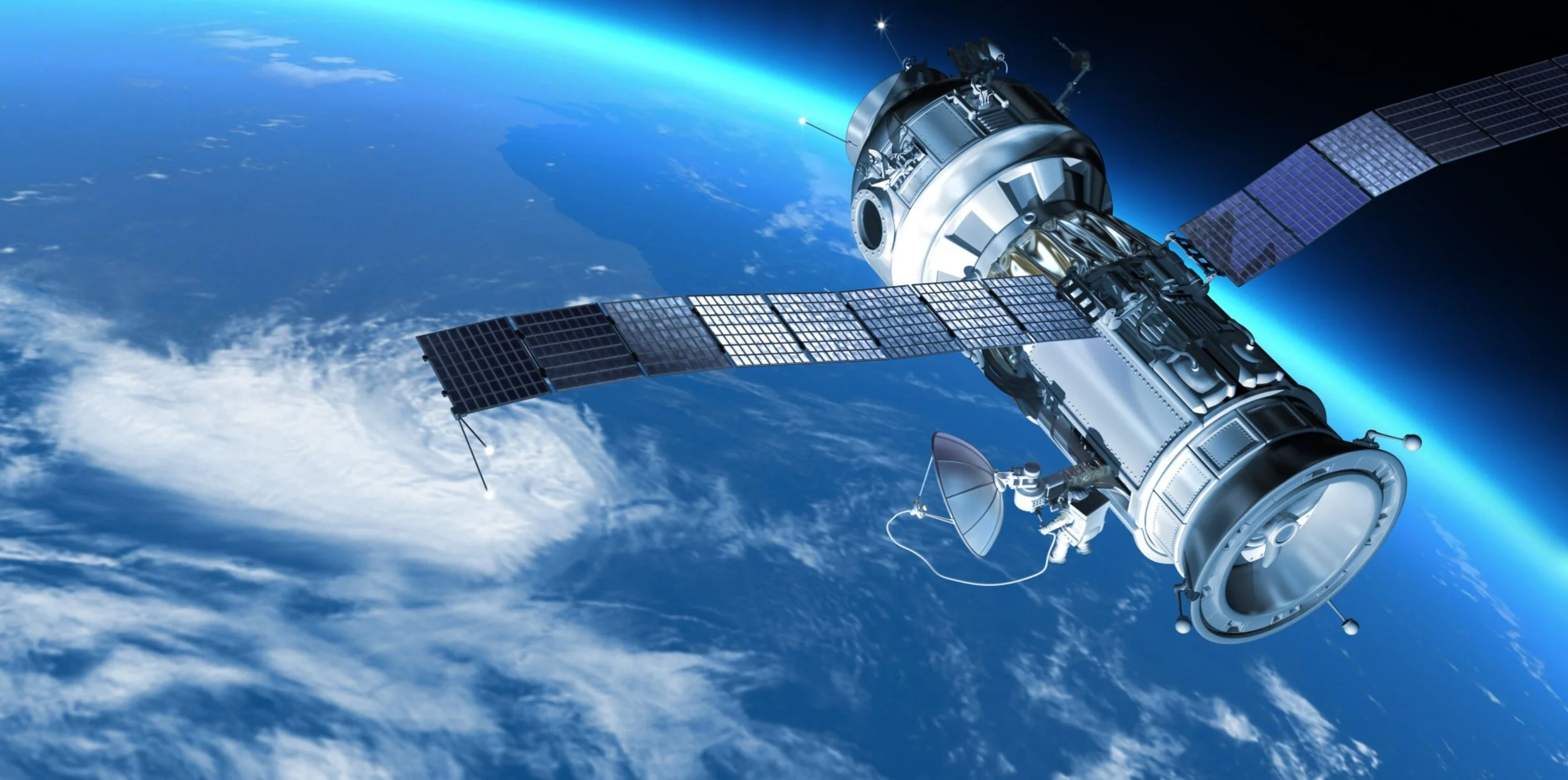Increased Global Expansion into Space Likely in the Mid to Long-Term
We assess global military and commercial use of space will likely expand in the mid to long term. Russia and China are the most notable competitive adversaries to US space activities and capabilities. Iran, a state-sponsor of terrorism, and other state and non-state actors will likely represent an increased threat to US interests in space as technology and capabilities advance.
Global access to and use of space-driven services has expanded for civil, commercial, intelligence, and military purposes, in part because of technological innovation, private-sector investment, international partnerships, and demand from emerging markets. [i]
China and Russia are seeking to expand the full spectrum of their space capabilities. In 2018, China launched the Gaofen-7 imaging satellite which is able to spot a single person from a 300 mile high orbit, according to Tech Crunch. [ii]
Iran has a legitimate civilian space program; however according to the DIA, the development of space capabilities could serve as a testing ground for the development of ICBM technologies. [iii]
US adversaries such as China, Russia and Iran are developing and expanding their arsenal of space-driven weaponry, military reconnaissance, and counter-space capabilities. Russia, China, and Iran are likely developing weapons designed to interfere and disrupt US space-services. US satellites and ground site facilities will likely become attractive targets for attack in the event of a conflict.
The People’s Liberation Army has an operational ground-based Anti-Satellite (ASAT) missile intended to target low-Earth-orbit satellites according to a DNI report. [iv]
Russia is developing a ground-launched ASAT missile system, the A-235 Nudol, for targeting low-Earth orbit satellites. The system will likely be operational within the next several years. In addition to this, ground-based laser weaponry, likely intended to blind or damage sensitive space-based optical sensors, is being developed, according to a DNI report. [v]
Iran has counterspace systems such as satellite jammers. Iran is seeking to improve its space object surveillance and identification capabilities through domestic development and by joining international space situational awareness projects. [vi]
We assess Russia, China, and other state and non-state actors will continue to develop space and counterspace-driven technologies. In addition, the global community is becoming more reliant on space resources, capabilities, and satellite technology for much of our critical national infrastructure, as well as military and national defense functions. Because of this, global interest in space-driven technology and capabilities will likely encompass both the commercial and security sectors.
US interest in space-capabilities will likely focus on national security as well as fostering and maintaining a long-term commercial and economic competitive advantage.
Both state and non-state actors will likely increasingly exploit space-driven services such as satellite radio and television, news and weather services, imagery, internet and phone communication services, and global positioning and navigation services.
The 21st Century race for strategic positioning in space, like the Cold War era Space Race, will be largely political with Russia, China, and the United States competing for influence and deterrence on the ground.
Sources
[i] Sheldon, John. “Space Wars: U.S. Intelligence Chiefs Describe Growing Chinese And Russian Space Threats.” SpaceWatch.Global, 31 Jan. 2019, spacewatch.global/2019/01/space-wars-u-s-intelligence-chiefs-describe-growing-chinese-and-russian-space-threats/.
[ii] Coldewey, Devin. “China Shows off Its Newest Satellite's High-Resolution 3D Imagery.” TechCrunch, TechCrunch, 11 Dec. 2019, techcrunch.com/2019/12/11/china-shows-off-its-newest-satellites-high-resolution-3d-imagery/.
[iii] “2019 Iran Military Report.” Defense Intelligence Agency, www.dia.mil/Military-Power-Publications/.
[iv] “Worldwide Threat Assessment of the US Intelligence Community.” Office of the Director of National Intelligence, 29 Jan. 2019.
[v] “Get Ready: Russia Will Soon Try to Kill a Satellite.” The National Interest, 13 April, 2019, https://nationalinterest.org/blog/buzz/get-ready-russia-will-soon-try-kill-satellite-52232
[vi] Ibid iii






